1. Certain Types of Pesticides
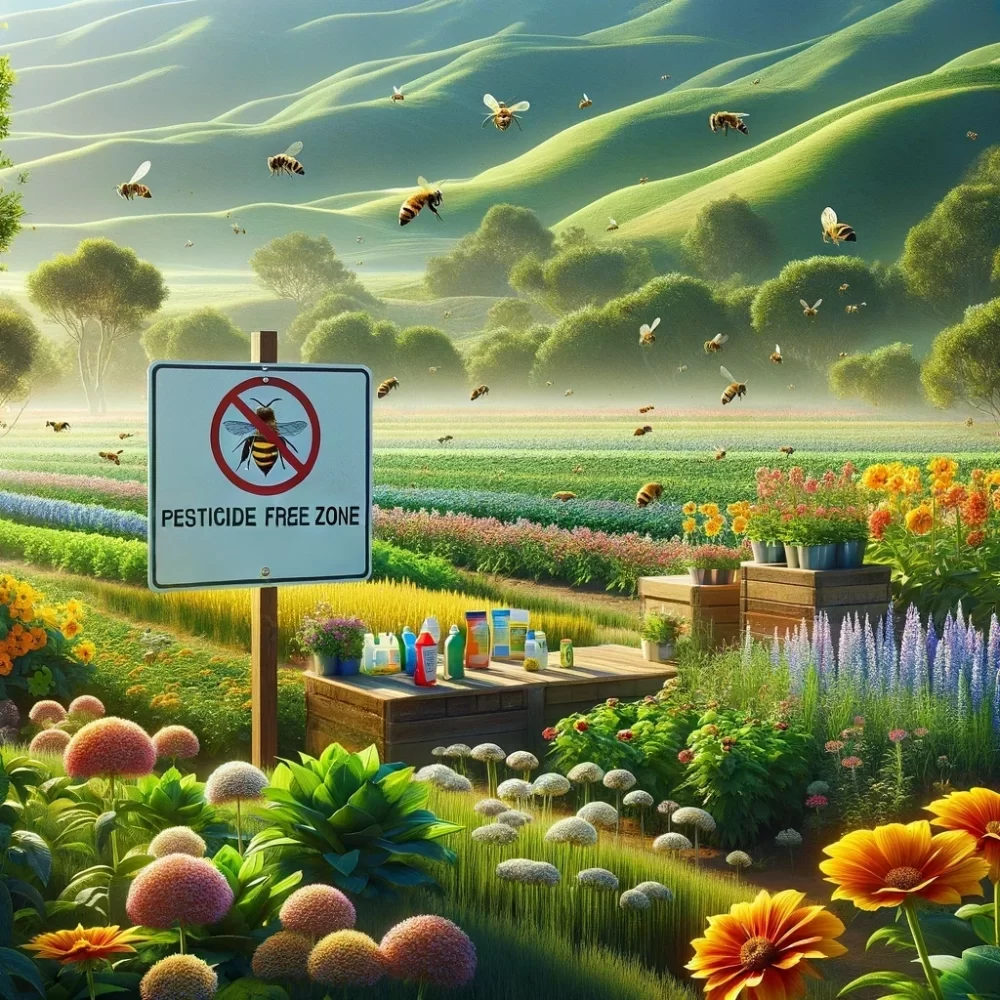
California has banned the sale and use of specific pesticides that contain chemicals known to be particularly harmful to the environment and human health. These include neonicotinoids, which have been linked to bee population declines and are still available in many other states. While these pesticides are effective at controlling pests, their long-term impacts on pollinators, which are crucial for the pollination of many crops, have prompted California to prohibit their use to protect its diverse ecosystems and agricultural productivity.
2. Non-OBD Compliant Vehicles

On-board diagnostics (OBD) systems help monitor the performance of a vehicle’s engine and other essential systems. California requires all vehicles to be OBD-compliant to ensure they meet specific emissions standards. Non-compliant vehicles, which can be sold in other states, often fail these stringent environmental checks.
By prohibiting the sale of non-OBD compliant vehicles, California aims to reduce air pollution and promote public health. Other states have not yet adopted these strict standards, allowing more pollutive vehicles to be sold.
3. Certain Flame Retardants in Furniture and Children’s Products

California bans the use of certain flame retardants in furniture and children’s products due to studies showing potential links to cancer and developmental problems in children. These chemicals are still used in products sold in other parts of the country. The state’s proactive approach to banning these substances highlights a significant discrepancy in consumer safety laws across the U.S., where other states lag in implementing similar protections.
4. Plastic Bags

Single-use plastic bags are banned in California because of their harmful environmental impact, notably in oceans and on wildlife. Other states continue to allow these bags to be distributed freely at retail locations. While some argue that plastic bags are convenient, California’s ban reflects a broader commitment to reducing waste and protecting marine life, which has not been universally adopted in other states.
5. Certain Beauty Products Containing Toxic Substances

California has specific regulations against beauty products that contain ingredients like formaldehyde and certain parabens and phthalates, which are linked to health risks. These products remain accessible in other U.S. markets. This preventive measure is part of California’s Safe Cosmetics Act, aiming to protect consumers from exposure to toxic substances through everyday beauty products—a regulation not as prevalent in other states.
6. Lead-Based Ammunition

California’s ban on lead-based ammunition is intended to protect wildlife from lead poisoning, a common problem when animals scavenge carcasses shot with lead bullets. This type of ammunition is still widely available in other states. The continued use of lead bullets in other states poses significant environmental and health risks, highlighting a critical area of public policy where California has taken the lead.
7. Fluorescent Light Bulbs

California has phased out the sale of less energy-efficient fluorescent light bulbs to promote the use of more sustainable alternatives like LED bulbs. This shift is part of California’s broader strategy to combat climate change, whereas other states still sell traditional bulbs. Switching to LEDs not only reduces energy consumption but also lowers electricity bills for consumers, demonstrating an area where economic and environmental benefits align.
8. Foie Gras

Due to animal welfare concerns, California has banned the sale of foie gras, a delicacy produced from the liver of ducks or geese that have been force-fed. Other states do not have such bans, allowing the continued sale and consumption of foie gras. The ban reflects a growing trend toward more humane treatment of animals in food production, which has sparked significant debate on culinary practices and animal rights across the nation.
9. Certain Types of Fishing Gear
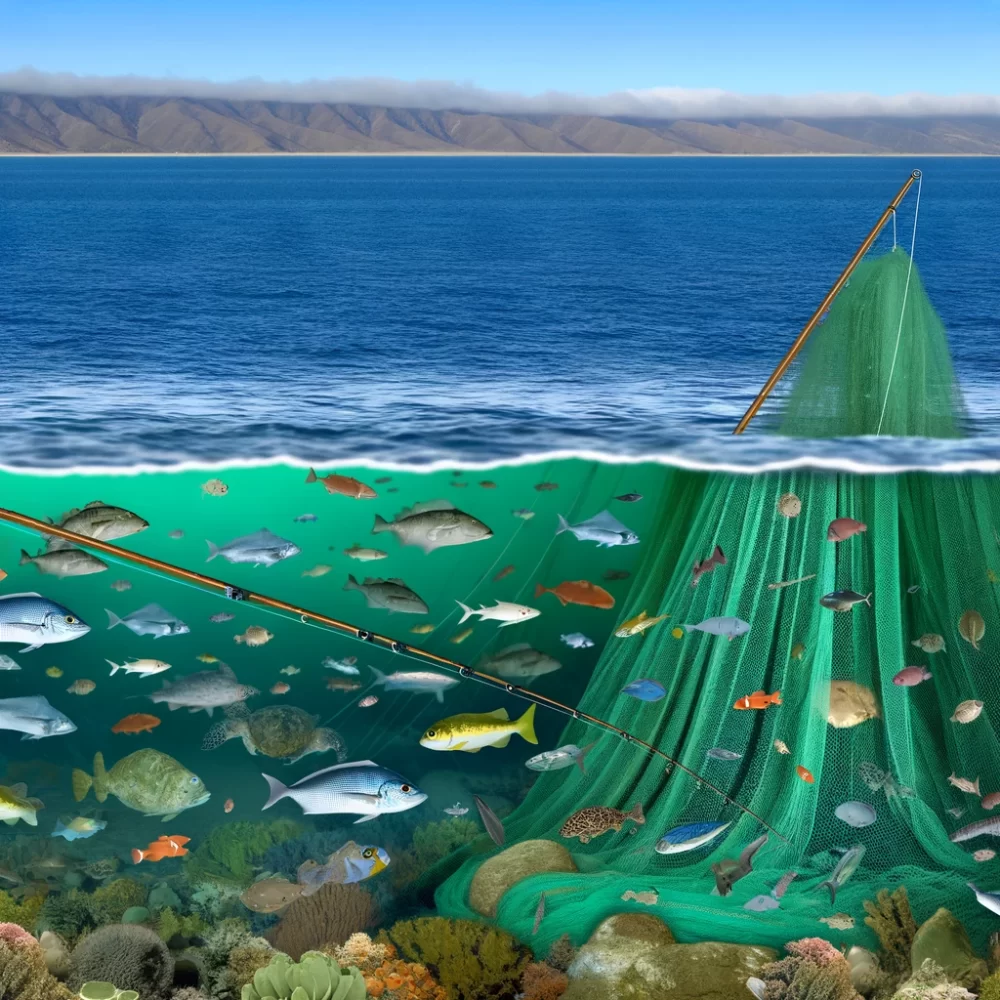
In an effort to protect marine life, California prohibits the use of certain types of fishing gear that are known to cause significant bycatch, such as gill nets. These practices are still permitted in many other states, where they continue to affect marine biodiversity adversely. California’s regulations aim to promote sustainable fishing practices that help maintain the health of marine ecosystems, contrasting with less stringent regulations elsewhere.
10. High-Capacity Magazines for Firearms

High-capacity magazines that hold more than ten rounds are banned in California due to concerns about their use in mass shootings. Other states, however, continue to permit the sale and possession of these items. The ban is part of California’s comprehensive approach to gun control, designed to enhance public safety and reduce the potential for gun violence, reflecting a policy divide in the United States.
11. Aftermarket Exhaust Systems

California restricts the use of certain aftermarket exhaust systems on vehicles because they can significantly increase noise levels and emissions. These systems are still popular and legal in other parts of the country where regulations may be less strict. The state’s stance on these modifications aligns with its broader environmental and public health goals, aiming to reduce noise pollution and improve air quality.
12. Certain Herbicides
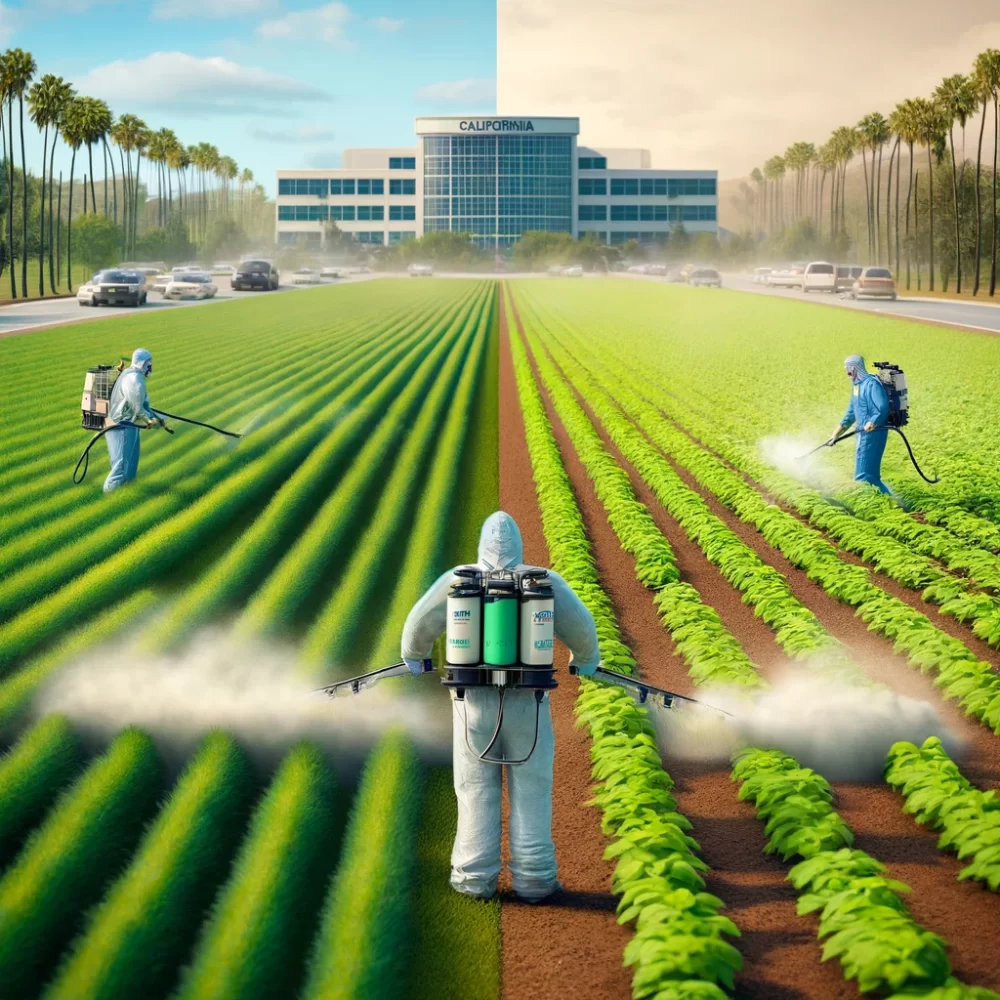
Herbicides containing glyphosate, a chemical linked to cancer, are restricted in California. In contrast, these herbicides are widely available and used across other states in the U.S. California’s regulatory measures reflect its proactive approach to public health and environmental protection, often leading to stricter standards than those found federally or in other states.
13. Shark Fins

The sale of shark fins is banned in California as part of efforts to discourage shark finning, a practice that threatens shark populations and disrupts marine ecosystems. This ban is not enforced in many other states, where the market for shark fins continues. California’s ban is an example of its leadership in marine conservation and reflects broader environmental values that may not be as prevalent in other regions.
14. Bisphenol A (BPA) in Baby Products
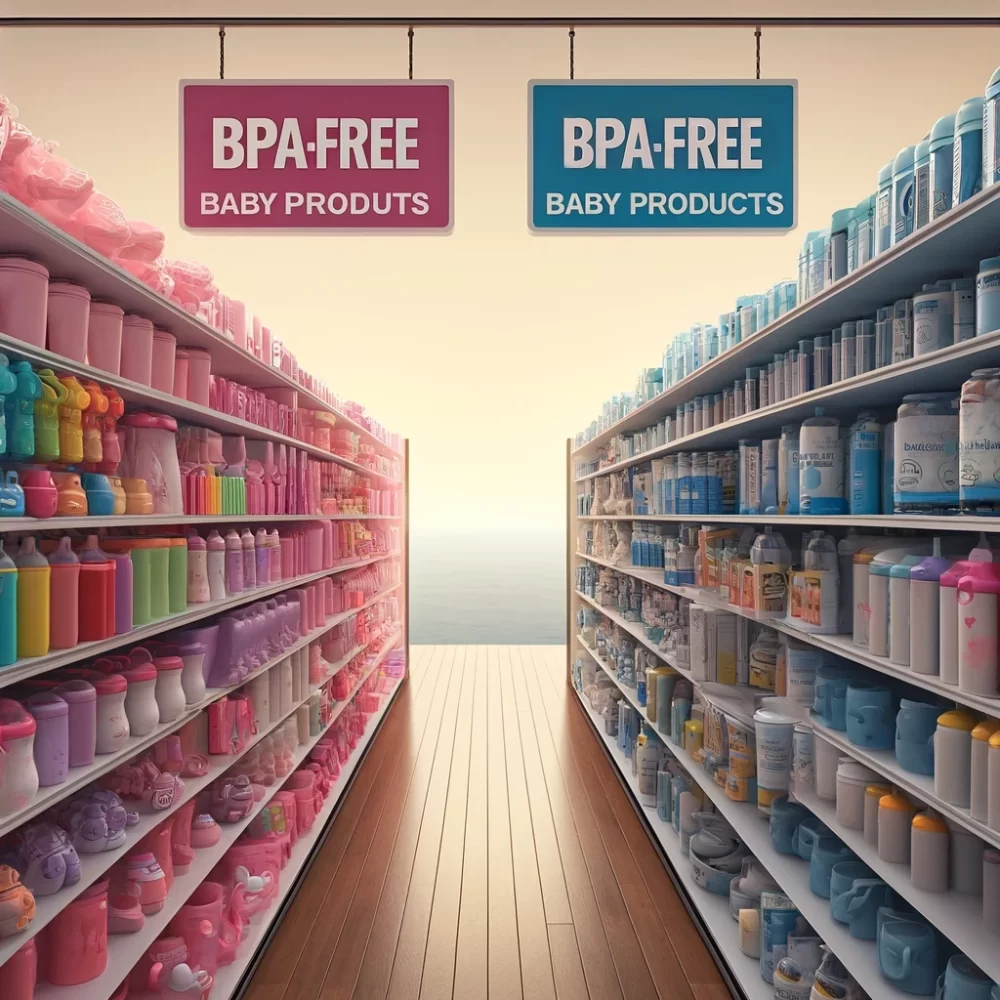
California has outlawed the use of Bisphenol A (BPA) in baby bottles and other products for infants due to concerns over its potential effects on child development. BPA is still found in some baby products sold outside of California. This regulation is part of California’s commitment to safeguarding children’s health, highlighting differences in consumer protection laws across the country.
15. Junk Food in Schools
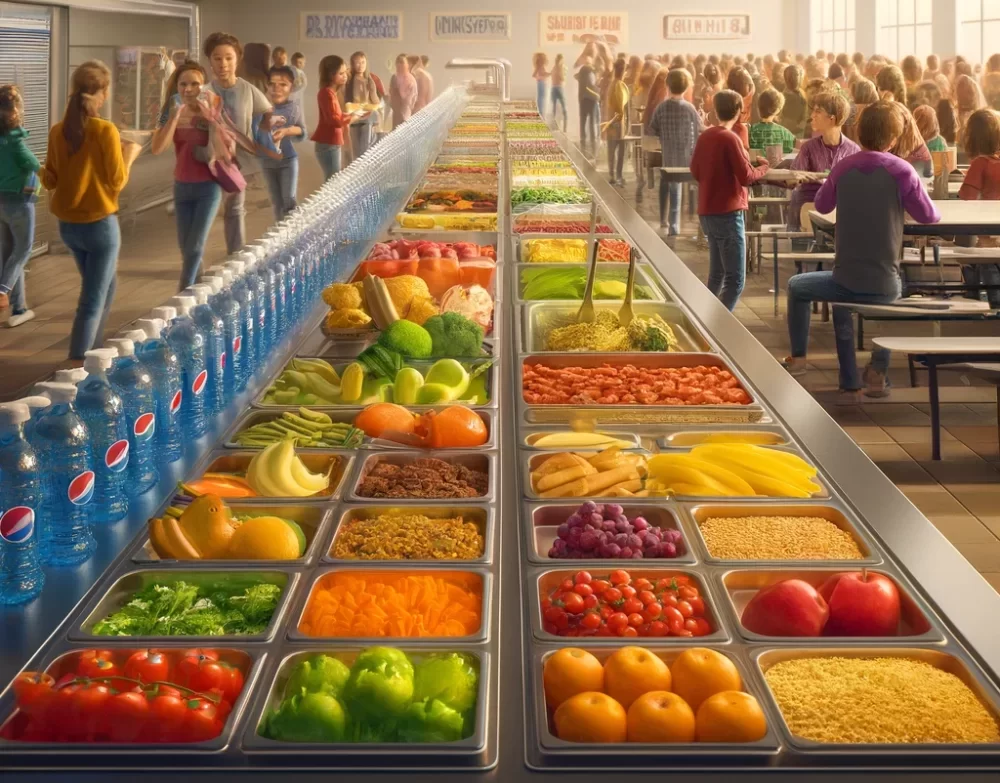
In a bold move to combat childhood obesity, California has banned the sale of certain types of junk food in public schools, including soda and candy. Other states have yet to implement such stringent standards. California’s initiative aims to promote healthier eating habits among students and address public health concerns, setting a precedent that might inspire similar actions elsewhere.
































